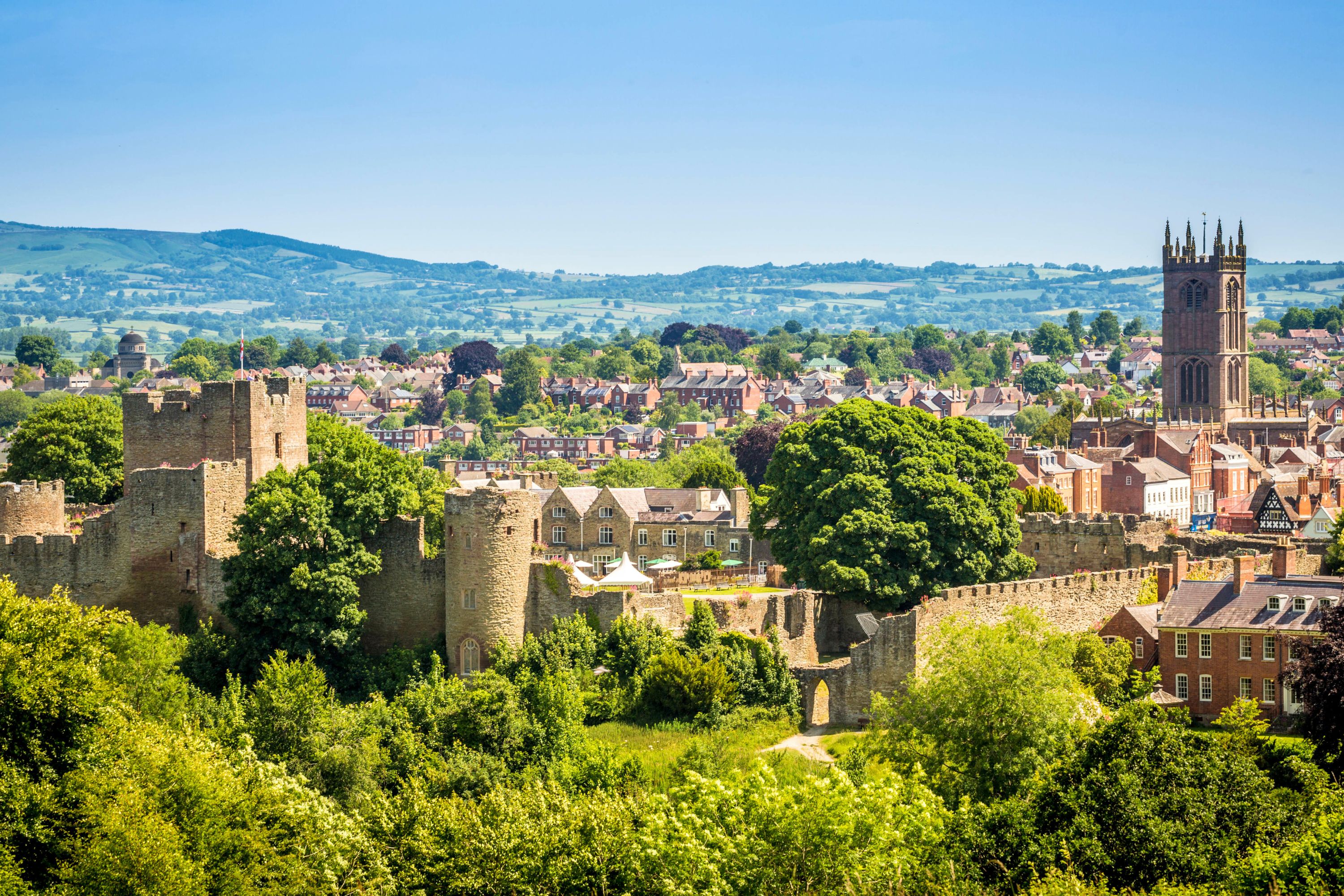Two Ancient Roman Villas Were Hidden Beneath A 4,000-Acre UK Estate For Thousands Of Years Until Their Remains Were Recently Unearthed

Below the ground in the United Kingdom, the remains of two ancient Roman villas have been hidden for thousands of years.
The remains were recently unearthed during a geophysical survey that was carried out by the National Trust at the Attingham Estate in Shropshire, a county located in the West Midlands of England.
The National Trust, an independent conservation charity that protects cultural and historic places, owns the 18th-century estate, which takes up nearly 4,000 acres.
Today, the estate is comprised of woodland, parkland, farmland, and various properties. Nature and wildlife thrive in the area, from ancient trees to deer and cattle.
For thousands of years, settlers have been drawn to the area because of its rich soil and proximity to two rivers.
Previously, evidence of prehistoric human activity has been detected on the estate’s grounds, including Roman settlements, Anglo-Saxon halls, and farming systems that have evolved through the medieval and post-medieval periods.
The latest geophysical survey is the largest that the trust has ever conducted. Scanning and mapping technology were used to investigate many acres of the historic property.
Geophysical surveys allow researchers to see what is buried beneath the ground without disturbing the land or doing any digging.
“Attingham Estate has always been known to have high historical and archaeological significance, which has now been confirmed by the largest geophysical survey the National Trust has ever undertaken,” Janine Young, an archaeologist with the National Trust, said.
Graham – stock.adobe.com – illustrative purposes only
Sign up for Chip Chick’s newsletter and get stories like this delivered to your inbox.
Experts identified the possible remains of two Roman villas, as well as a Roman roadside cemetery. The remains were located on a road that led out of Wroxeter, one of the largest cities in Roman Britain. The ancient settlement was once about the size of Pompeii in Italy.
Wroxeter was first founded as a military fortress in the middle of the 1st century A.D. Then, it became a civilian settlement toward the end of the century. It is currently still well-preserved.
Villas were dwellings that belonged to individuals of high status. They were the Roman equivalent of what we know to be large country estates.
They have appeared frequently throughout Britain, but only six have been discovered in Shropshire to date.
In Britain, Roman villas were kept warm through an ancient system of underfloor heating. They typically had bathhouses and were decorated with mosaic tiles.
So far, the survey has been able to reveal rough floor plans of the buildings. Not much else is known about the discovery. Still, it has helped add to the information experts have about the region’s past.
“This new geophysical survey has really transformed our knowledge by establishing a comprehensive ‘map’ of what is below our feet, providing us with a fascinating picture of the estate’s hidden past, revealing previously unknown sites of importance,” Young said.
Welcome to Billionaire Club Co LLC, your gateway to a brand-new social media experience! Sign up today and dive into over 10,000 fresh daily articles and videos curated just for your enjoyment. Enjoy the ad free experience, unlimited content interactions, and get that coveted blue check verification—all for just $1 a month!
Account Frozen
Your account is frozen. You can still view content but cannot interact with it.
Please go to your settings to update your account status.
Open Profile Settings